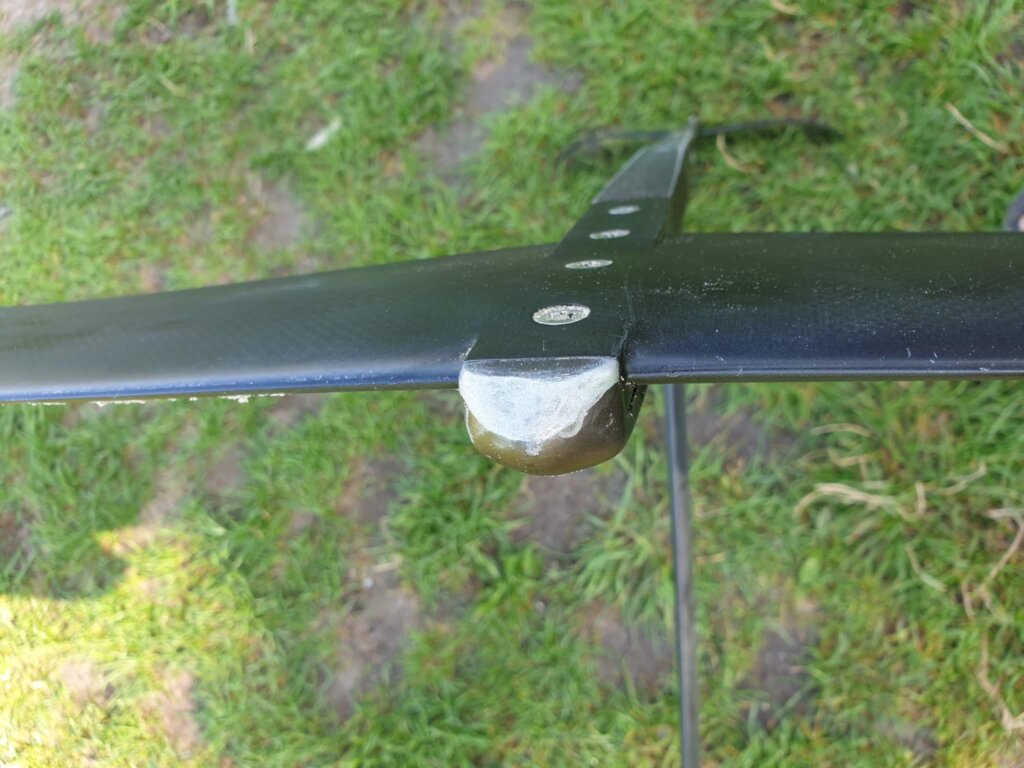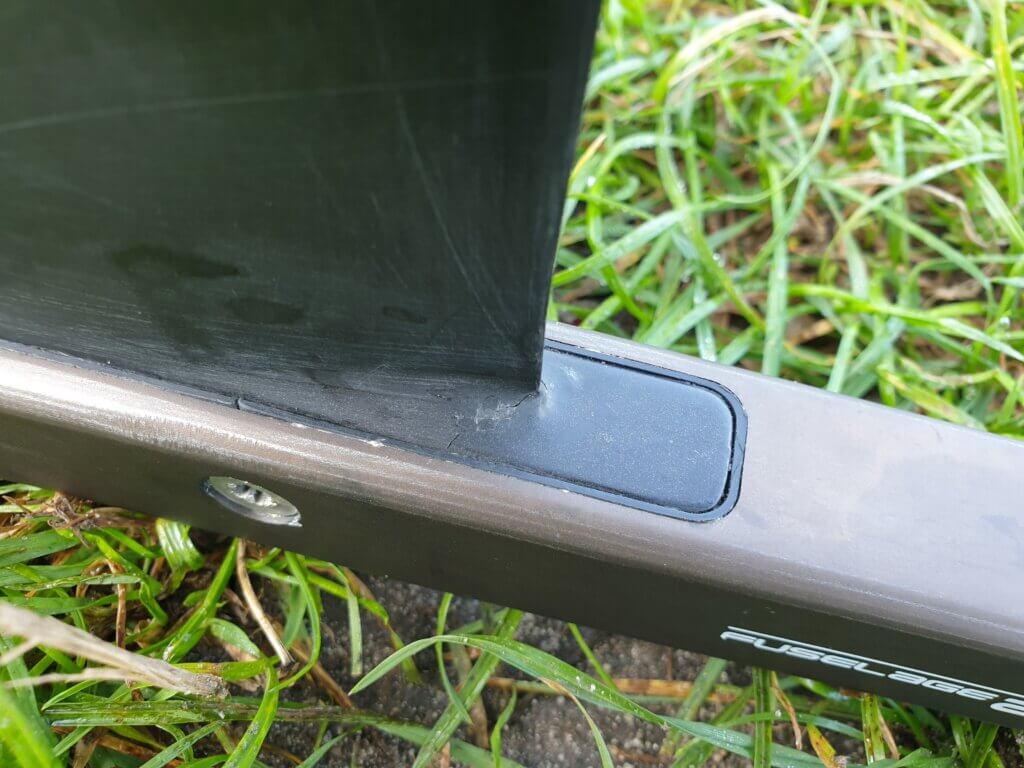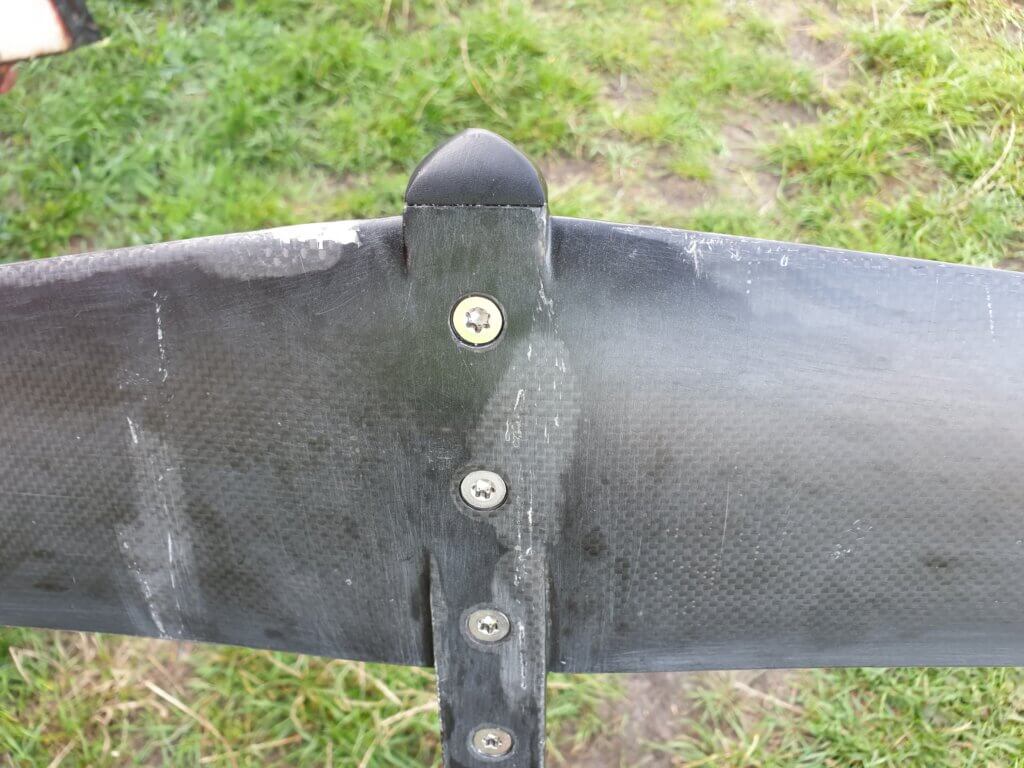You see them appearing more and more on the water, the wind foils. A little wind foil costs over a thousand euros, but how strong are wind foils anyway? How long does an average wind foil last? With us, the wind foils and the boards with all the lessons and rentals get a big deal for the molars. My own wind foil is 3 years old and now has many hundreds of flying hours on it and various touches behind the molars. Time to take stock!
Cheap is expensive buy
Over the past 2 years we have used many different wind foils for our lessons and for rental. To date, the damage to the wind foils has been limited. Yet we see differences. We clearly have less good experiences with the Fanatic Flow Foil H9 and the Neil Pryde RS flight Alu. The windfoil fanatic is a bargain with about 800 euros, but the quality is very mediocre. He’s limp and the mast isn’t stiff at all. The wings cannot be firmly attached to the fuselage, which means the chances of breaking down are high. With us, we turned the screws right through the fuselage.
From the Neil Pryde RS flight alu we know that the mast can buckle due to the lateral pressure. Furthermore, the construction of the Neil Pryde RS flight is good. However, we think that the blades are a bit ‘soft’, so that there can quickly be deep scratches in the blades. The biggest annoyance is the whistling of the wind foil while flying.
Heavy but solid
The Starboard wind foils are relatively heavy, including the versions with the carbon mast. Starboard uses a relatively large amount of bolts and nuts per component. Takes a little more time to assemble, but the construction always feels very solid and rigid. The wind foils with aluminium masts are also stiff and remain good. Since spring 2017 I use a Starboard Race Carbon very intensively (hundreds of hours of wind, also with a lot of wind and at sea) and the construction still feels equally solid. Unfortunately, I have had several touches (mussel bank on brouwersdam, a steel buoy that had sunk and a sandbar), with, to my surprise, relatively little damage. The pictures show nicely the ‘experience’ of my wind foil;
- Front wing has deep scratches through the touche with the mussel bank, but given the blow the damage was not so bad. I expected a broken wing given the crash
- The front of the fuselage was updated with a grinder, due to the collision with a sunken steel buoy
- Due to the collision with the buoy, a small hairshed in the mast-fuselage connection and a piece of broken down at the front of the front wing
- The general state of this wind foil is very good given its age and intensive use



We have not had any damage or broken Starboard wind foils to date. If you have damage with a Starboard wind foil, you can easily get new parts.
In addition to Starboard, we also have a lot of experience with the RRD WH Flight ALU 85. This wind foil is lighter than Starboard’s. That translates back into a less rigid construction. Still stiff enough to be able to wind up fine and solid. RRD also uses solid material and the connections between the different parts are more than fine. The only thing we have problems with are the cylinder bushings with which the wind foil is stuck in the board. We’ve broken it a number of times. And yes, of course, we’re going to turn the wind foils firmly on the board.
Weakest switch usually the board
We have experienced that the board is often the weakest link. In addition to board with a foilbox, we also use old formula boards. The board (without foilbox) are clearly the weakest link;
- The fin boxes are getting wider, so the wind foils get stuck in the box more and more loosely
- Cracks appear on the deck around the holes where the bolts are
- Due to the various nose drops of lessers, boards break for the mast rail (thin and light boards)
We also see that the RRD foils are also able to demolish non-foilready vinboxes (despite the claim that you can use the RRD wind foils in regular vinboxes)
Conclusions and recommendations
At least go for a more expensive and strong wind foil. These wind foils are a lot more durable than the cheap variants of less than 1,000 euros. Weight hardly plays a role with wind foils. Stiffness is many times more important.
In addition, we are pleasantly surprised at how strong the wind foils of Starboard and RRD are. Even in intensive use, these wind foils last for years and also crashes survive the wind foils perfectly. However, we also learned that eventually the boards without fin box and very lightly built boards are destroyed.


